

Energy poverty in the Sundarbans, a fragile deltaic region shared by India and Bangladesh, poses severe challenges due to its remote geography and frequent climatic disruptions. According to a 2021 report by the World Bank, around 70% of households in the Indian Sundarbans lack access to reliable electricity, relying instead on kerosene lamps and diesel generators. The region’s dispersed islands make grid extension difficult, leaving solar energy as the primary alternative. However, only 25% of households use solar home systems (SHS), as per a 2020 study by the Council on Energy, Environment and Water (CEEW), highlighting gaps in renewable energy adoption. Frequent cyclones, such as Amphan (2020) and Yaas (2021), further damage infrastructure, worsening energy insecurity.
Implications for Livelihoods and Health
The lack of reliable energy severely impacts livelihoods, particularly for the 4.5 million people dependent on fishing and agriculture. A 2019 study by the International Institute for Environment and Development (IIED) found that 60% of fishermen cannot preserve their catch due to lack of refrigeration, leading to economic losses. Additionally, reliance on kerosene lamps contributes to indoor air pollution, causing respiratory diseases. The World Health Organization (WHO) estimates that over 30% of Sundarbans residents suffer from pollution-related illnesses, with women and children most affected. Limited electricity also restricts access to digital services, education, and healthcare, perpetuating poverty cycles.
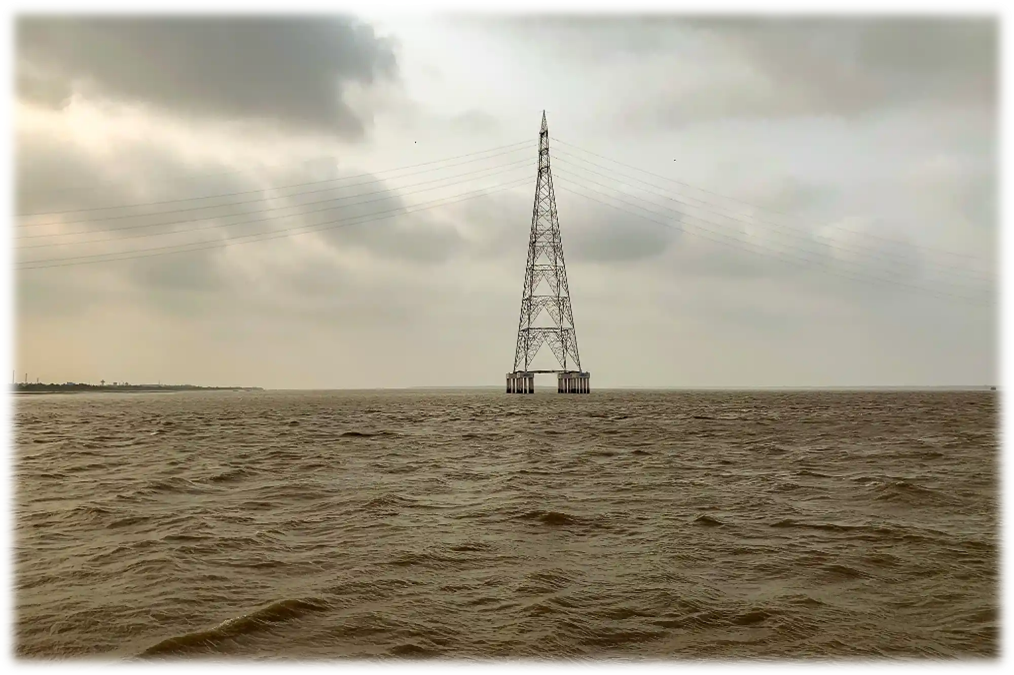
Barriers to Renewable Energy Adoption
Despite government initiatives like Solar PV Electrification Programs, challenges persist. A 2022 report by the Energy and Resources Institute (TERI) found that high upfront costs and lack of financing options deter 40% of households from adopting solar solutions. Additionally, maintenance issues and counterfeit solar products reduce system longevity. The Asian Development Bank (ADB) notes that only 15% of solar mini-grids in the Sundarbans remain functional after five years due to poor upkeep. Furthermore, policy gaps and bureaucratic delays hinder large-scale renewable projects, leaving communities dependent on unreliable energy sources.
Long-Term Consequences and the Way Forward
Energy poverty exacerbates climate vulnerability in the Sundarbans, where rising sea levels and salinity intrusion threaten agriculture. A 2023 study in Nature Sustainability warns that without sustainable energy solutions, migration rates could increase by 20% in the next decade. To address this, experts recommend expanding decentralized solar microgrids, subsidizing storage solutions and strengthening community-based energy cooperatives. The West Bengal Renewable Energy Development Agency (WBREDA) has installed 50 solar mini-grids, but scaling up requires private sector participation and better policy enforcement. Addressing energy poverty is critical not only for development but also for climate resilience in this ecologically sensitive region.
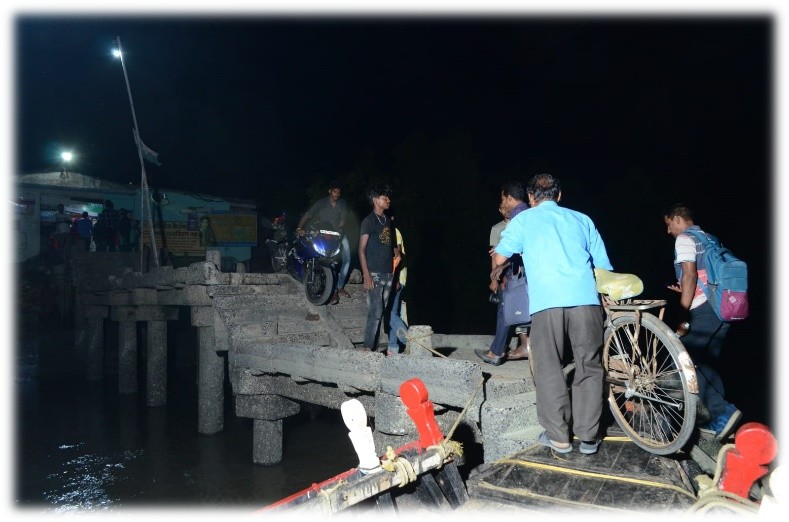
SEED initiates its solar energy projects by identifying energy-deprived, climate-vulnerable regions in the Sundarbans, such as Ghoramara, Sagar, Namkhana and Patharprotima Islands. Through detailed baseline surveys, focus group discussions and consultations with Panchayats, SEED assesses household energy needs, livelihood patterns and safety concerns, especially for women and children. Community members are actively involved in the planning process and local volunteers often youth are identified and trained to form a Solar Youth Cadre. This participatory approach ensures that the solutions designed are deeply rooted in local realities and needs.
Once needs are identified, SEED collaborates with donors and solar technology vendors to provide customized, climate-resilient solar infrastructure. These include solar streetlights for public areas, home lighting kits system and solar study lamps to support children’s evening education. To foster local ownership, women and youth are involved in the demonstration and basic installation of systems. Additionally, Solar User Groups (SUGs) are formed to take collective responsibility for maintenance, issue reporting and care of the installed assets, embedding sustainability into the core of the intervention.
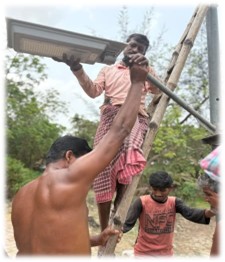
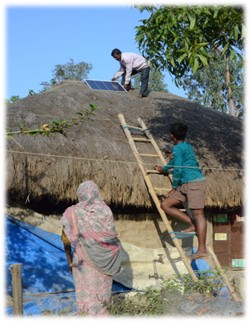
SEED emphasizes community empowerment through targeted training programs. Local youth are trained as Solar Cadres to handle minor repairs and system troubleshooting, while women participate in energy literacy workshops focused on effective and safe usage. Village institutions, including Gram Panchayats, are sensitized to integrate solar infrastructure into their development planning. These efforts not only build technical capabilities at the grassroots level but also create livelihood opportunities, enhancing local resilience and reducing long-term dependence on external service providers.
A robust monitoring framework underpins the sustainability of SEED’s solar initiatives. Regular reviews by Solar User Groups, community volunteers and Panchayat representatives help track functionality, address grievances and ensure accountability. Digital tools such as WhatsApp groups are used for quick issue resolution and annual impact evaluations assess improvements in safety, education, livelihood hours and reduction in kerosene use. To date, SEED has installed over 2,600 solar units, directly benefiting more than 3,500 off-grid households. The initiative has empowered communities, improved quality of life and advanced climate resilience in remote geographies.

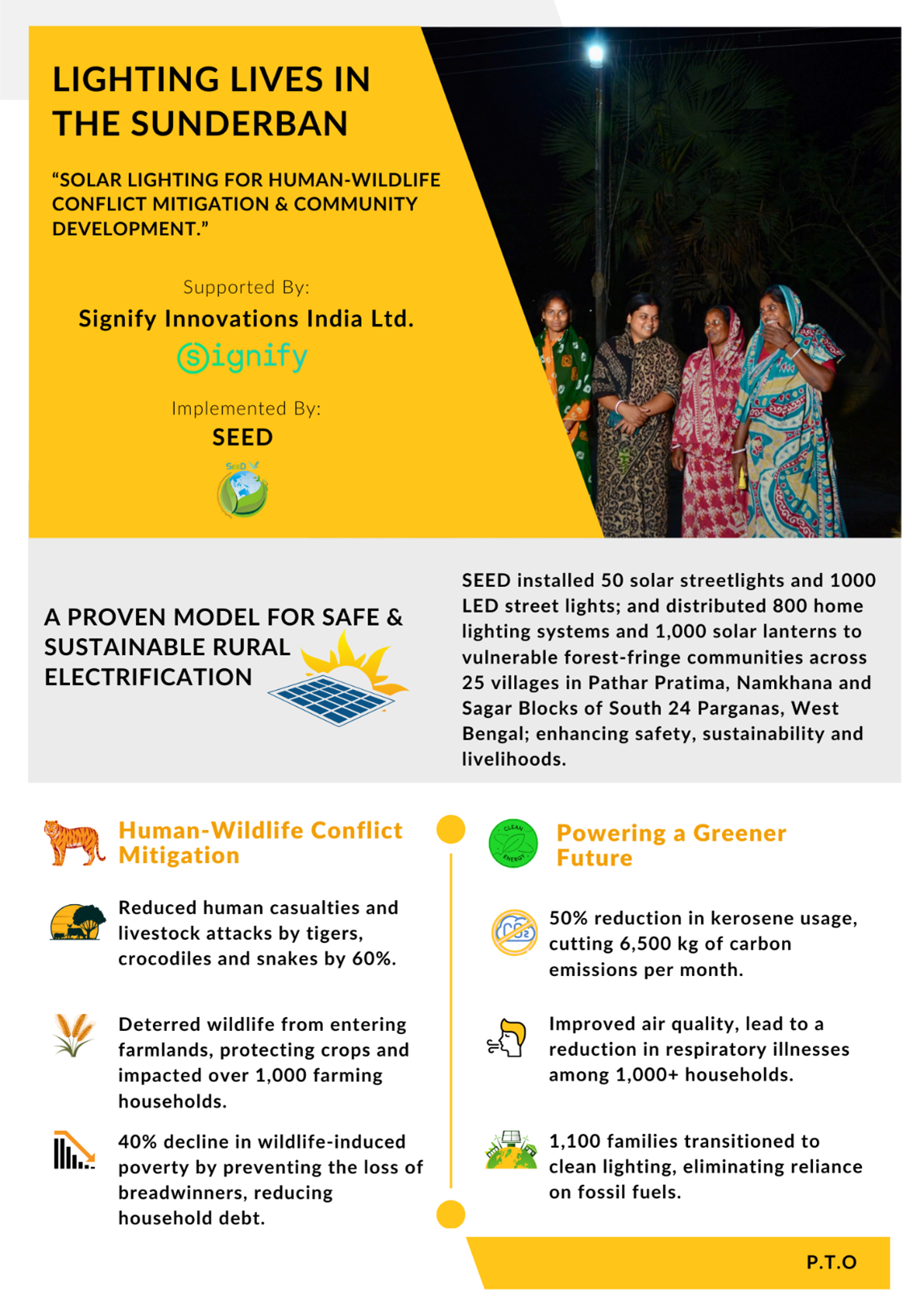
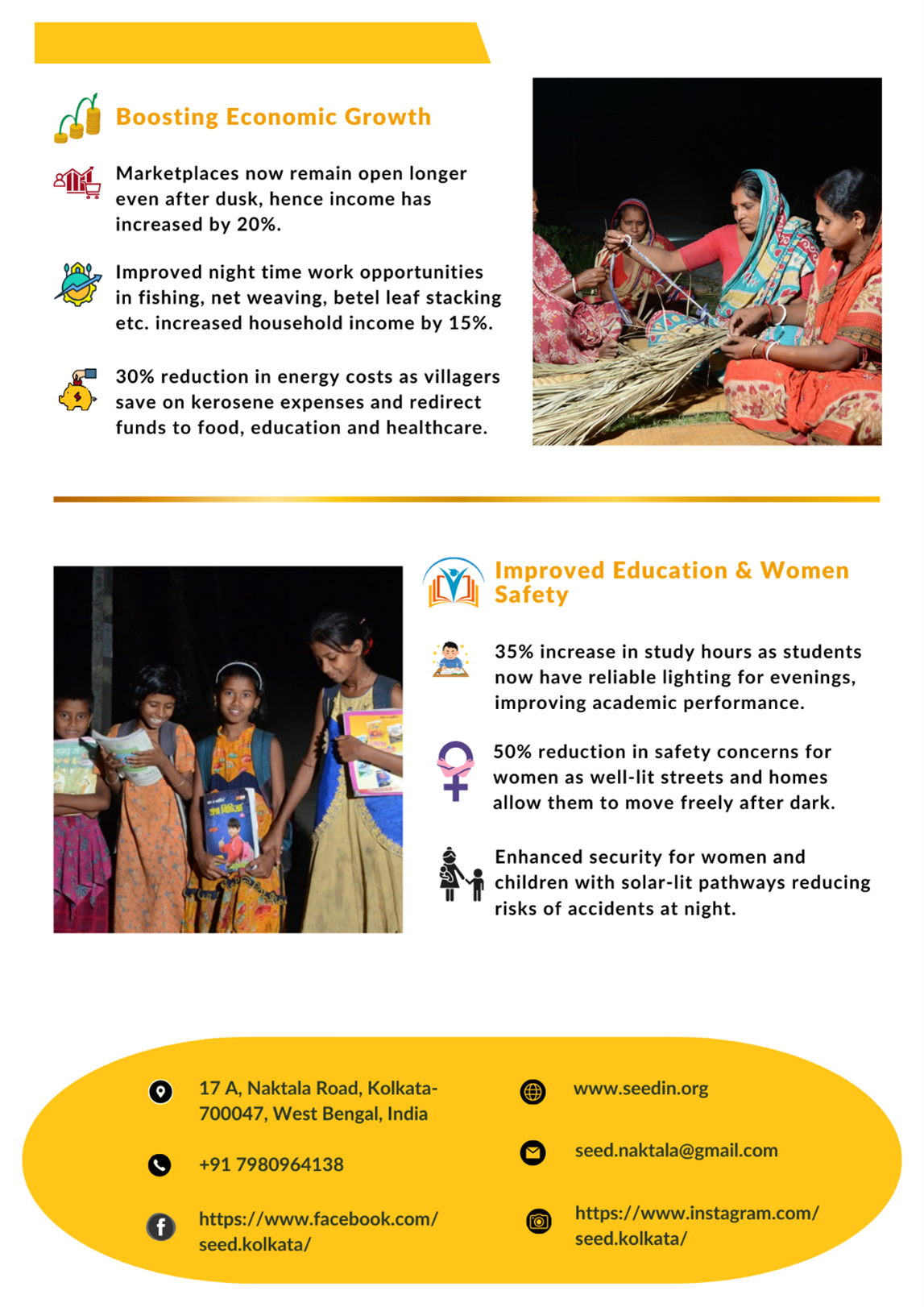



Subscribe to the SEED Newsletter — and be part of the change!